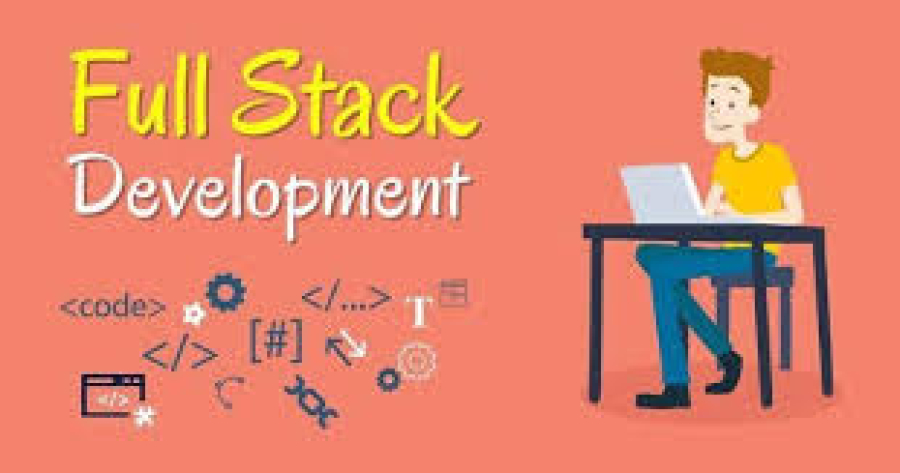Best Full-Stack Frameworks to Learn in 2025
In the fast-paced world of freelancing and web development, staying ahead means mastering the tools that shape the future. As we move into 2025, demand for skilled full-stack developers continues to skyrocket — especially for those who understand both frontend and backend technologies seamlessly. At FreelancerBridge, we help freelancers bridge the gap between opportunity and expertise by highlighting top technologies that can boost careers. In this guide, we’ll explore the best full-stack frameworks to learn in 2025 that can make you a more versatile, in-demand developer and help you land better freelance gigs or full-time roles.
Long Description (SEO-Optimized, with Points)
Whether you're a beginner looking to break into full-stack development or an experienced coder seeking to upgrade your tech stack, the right framework can be a game changer. Below are the top full-stack frameworks to learn in 2025, complete with reasons why they’re worth your time.
🔹 1. Next.js + Node.js (JavaScript Stack)
Ideal for developers who prefer JavaScript on both frontend and backend.
Seamless integration with React, and built-in features like SSR (Server-Side Rendering) for better SEO performance.
Excellent for building dynamic web applications, blogs, and eCommerce platforms.
Backed by Vercel and a strong community.
🔹 2. Laravel + Vue.js (PHP + JS Stack)
Laravel remains one of the most elegant and beginner-friendly PHP frameworks.
With built-in routing, authentication, and blade templating, Laravel simplifies backend processes.
Vue.js offers a reactive frontend experience and integrates easily with Laravel.
Popular among freelancers due to quick project setup and scalability.
🔹 3. Django + React (Python Stack)
Django’s batteries-included philosophy handles everything from ORM to authentication.
React provides flexibility and component-based architecture on the frontend.
A powerful combo for building scalable SaaS applications and dashboards.
Ideal for Python lovers looking to transition into full-stack development.
🔹 4. Ruby on Rails + Hotwire
RoR continues to be a productive full-stack framework with great developer experience.
With Hotwire (Turbo + Stimulus), Rails now offers a modern frontend experience without needing much JavaScript.
Rapid development and convention-over-configuration approach make it perfect for startups and MVPs.
🔹 5. ASP.NET Core + Blazor
Developed by Microsoft, it’s perfect for enterprise-level applications.
Blazor allows C# to be used in both frontend and backend, reducing the need for JavaScript.
High performance and great support for cloud and microservices architecture.
🔹 6. Spring Boot + Angular (Java Stack)
Spring Boot provides a robust, secure, and production-ready backend using Java.
Angular offers a structured frontend experience with TypeScript support.
This stack is often used in corporate and banking environments for large-scale web apps.
Why Full-Stack Frameworks Matter in 2025 (SEO Tips)
Offer end-to-end control of your web projects.
Enhance your ability to build, scale, and maintain applications independently.
Make you more attractive to freelance clients who want all-in-one developers.
Reduce the time-to-market by offering pre-built modules and strong communities.
Conclusion
At FreelancerBridge, our mission is to keep freelancers and developers equipped with the latest tech knowledge. These full-stack frameworks are more than just tools — they are career accelerators in 2025. Choose one based on your background, project needs, and learning preferences. Mastering any of these can unlock high-paying freelance opportunities, personal projects, and even startup ventures.


 by Emily
by Emily




